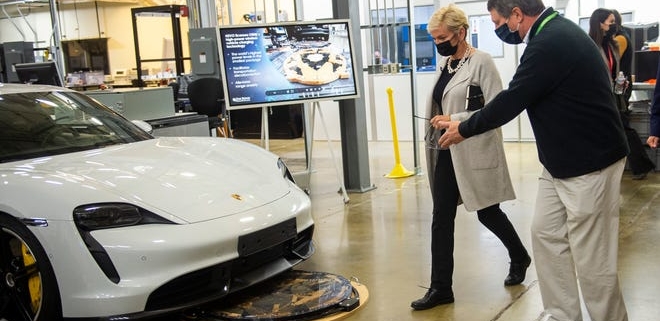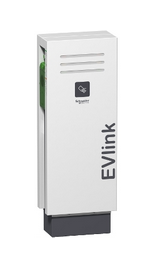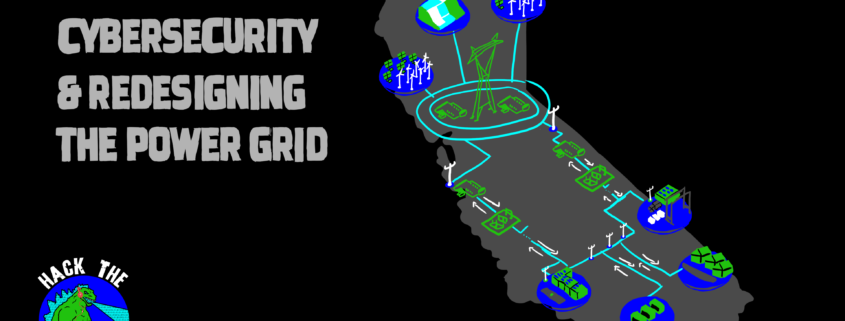ORNL targets electric grid security, EV battery charging
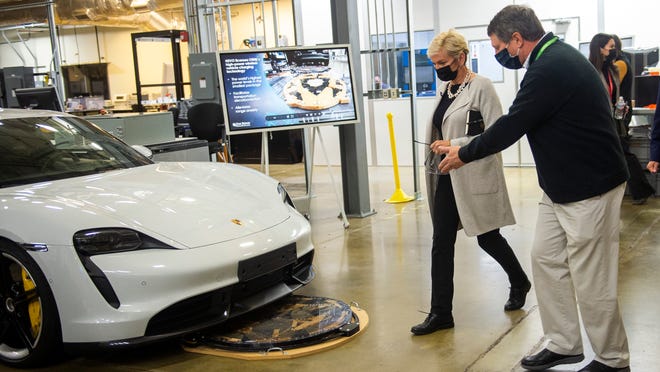
Oak Ridge National Laboratory researchers are taking innovative steps to meet energy challenges of national interest.
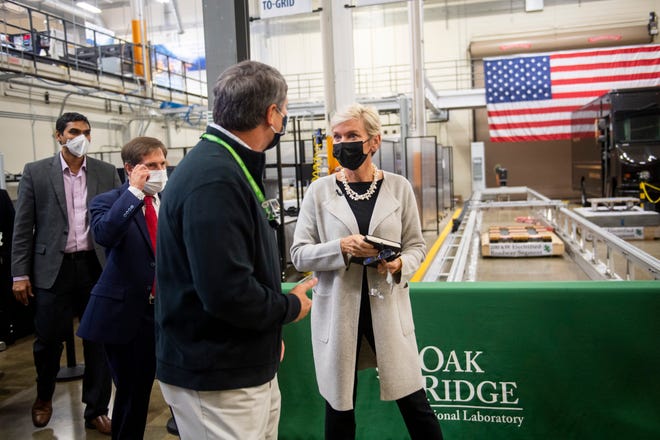
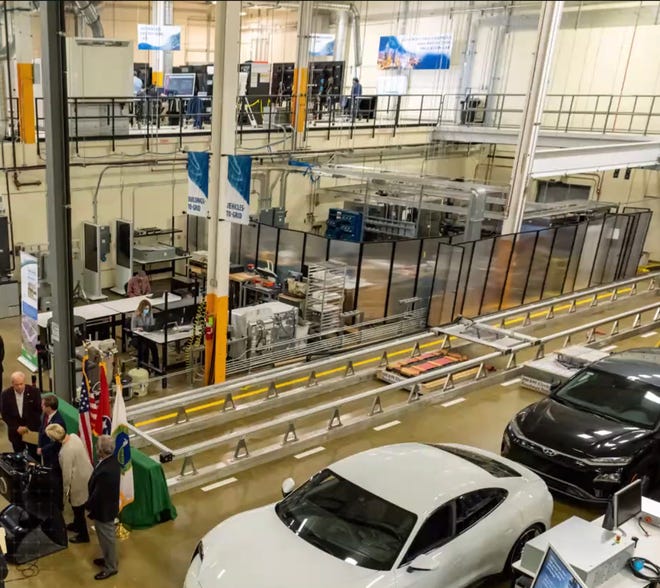
They are addressing the following questions.
How can the efficiency and resilience of the U.S. electric grid be improved? Can the grid be better protected from weather-related outages and cyberattacks?
Can American batteries be manufactured using materials from domestic rather than foreign sources? Can they be recharged faster? And, can spent batteries and their materials be reused, recycled and kept out of landfills to protect the environment?
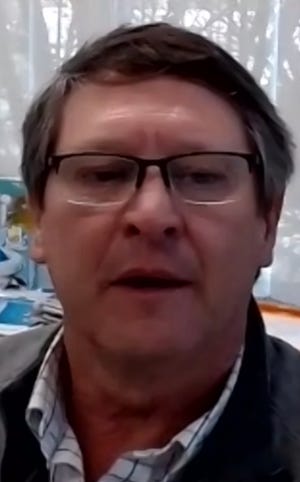
Can high-power battery charging technology be embedded in parts of interstate highways so potential consumers of electric vehicles (EVs) will be less concerned about driving range and the availability of battery recharging stations?
In a recent talk to Friends of ORNL, Richard A. Raines, director of ORNL’s Electrification and Energy Infrastructures Division, said, “We are making a difference. We are developing capabilities in the lab that are being field tested.”
He added that ORNL is working with partners, sponsors and other national labs on improving an increasingly complex electrified infrastructure ecosystem.
Much of this work is being done at a new 52,000-square-foot facility outfitted safely during the 2020 pandemic with 11 laboratories. Called the Grid Research Integration and Deployment Center (GRID-C), it is located, along with the National Transportation Research Center and the Manufacturing Demonstration Facility, at ORNL’s Hardin Valley campus off Pellissippi Parkway in Knox County.
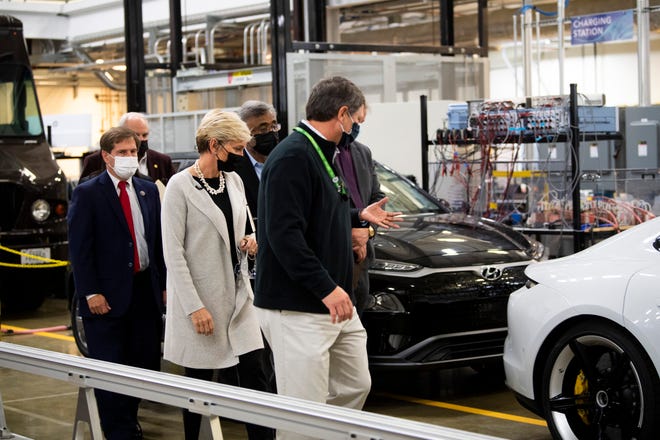
GRID-C was visited in November by U.S. Secretary of Energy Jennifer Granholm, former governor of Michigan. She expressed support for ORNL’s planned demonstration this spring of dynamic wireless charging of lithium-ion batteries in moving electric vehicles (EVs) at the American Center for Mobility in Michigan.
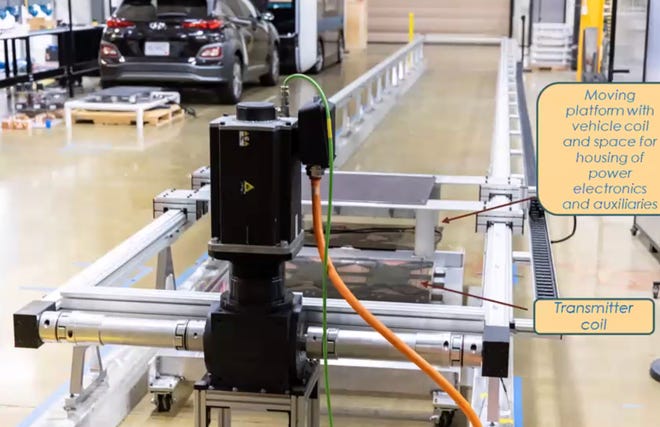
This innovative ORNL technology has been licensed to the HEVO company based in Brooklyn, N.Y. Granholm unveiled a Department of Energy Technology Commercialization Fund award in which HEVO and ORNL will co-develop and demonstrate a wireless charging system based on the innovative ORNL converter and associated power…
